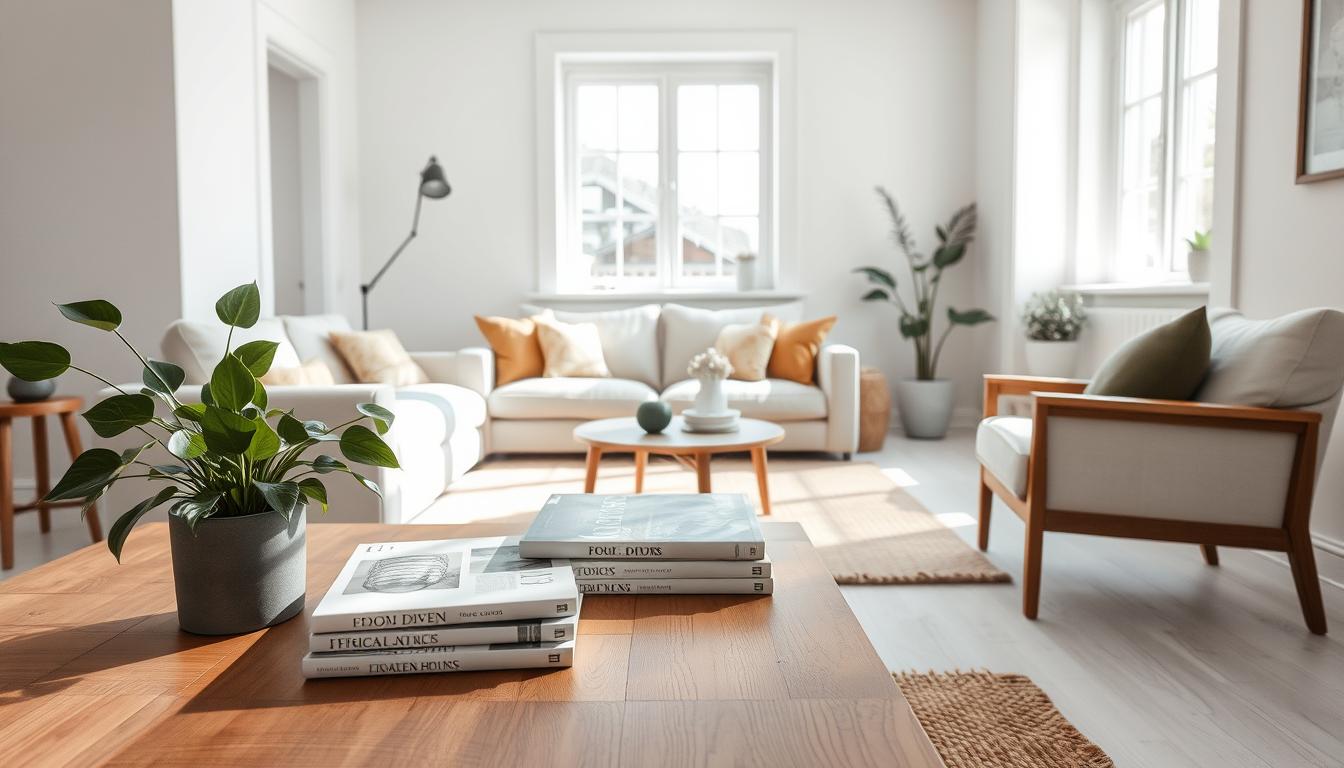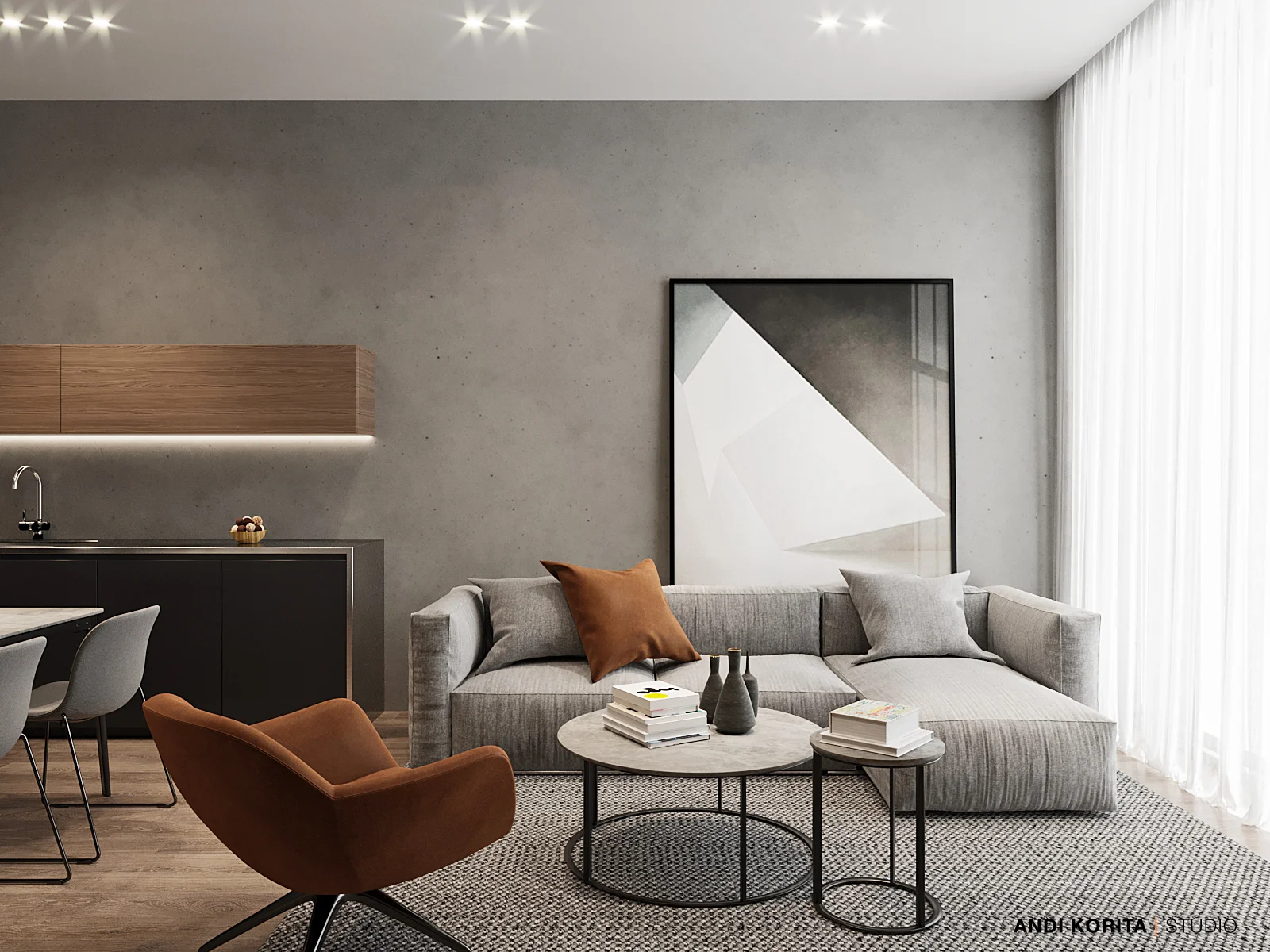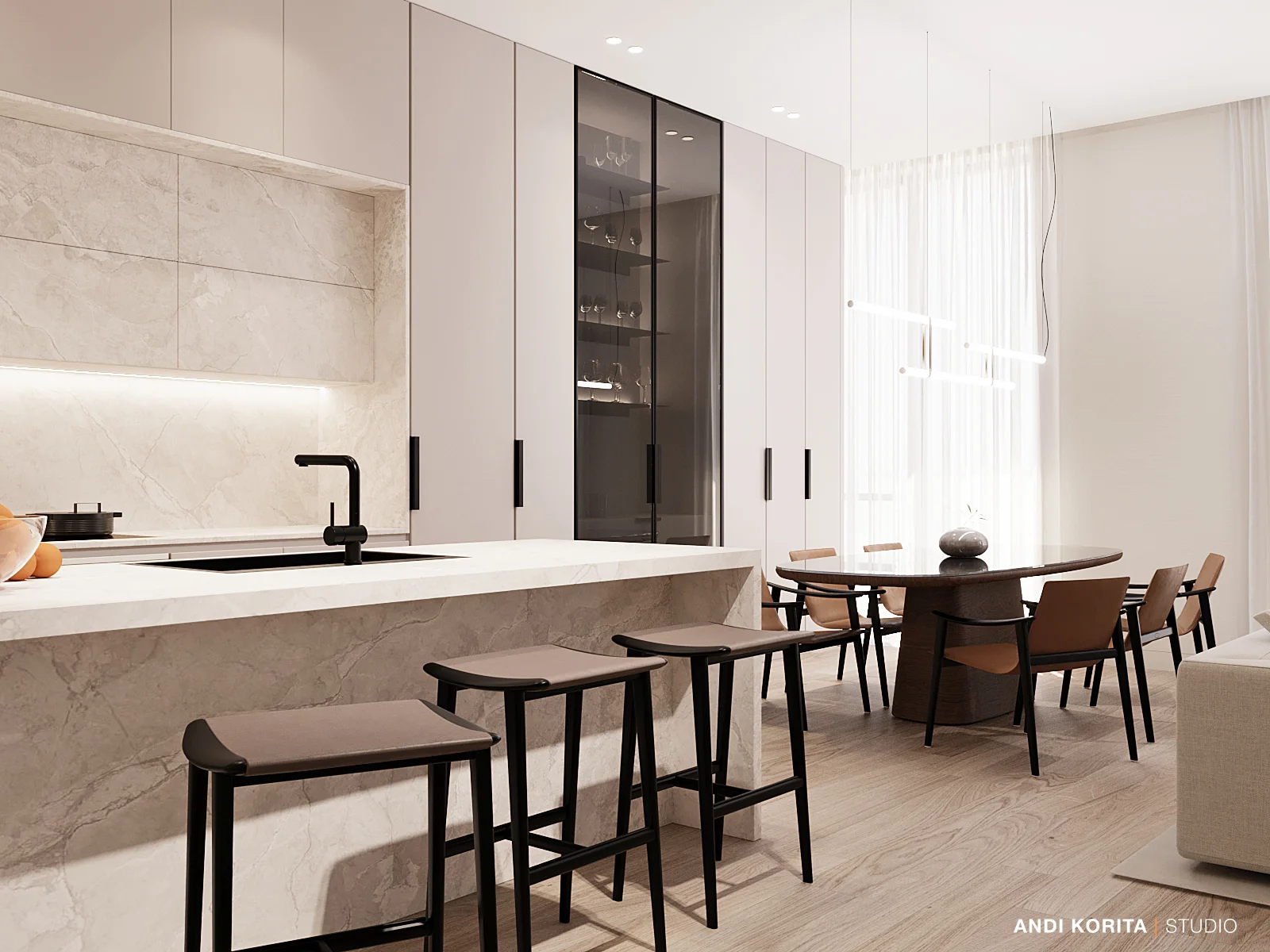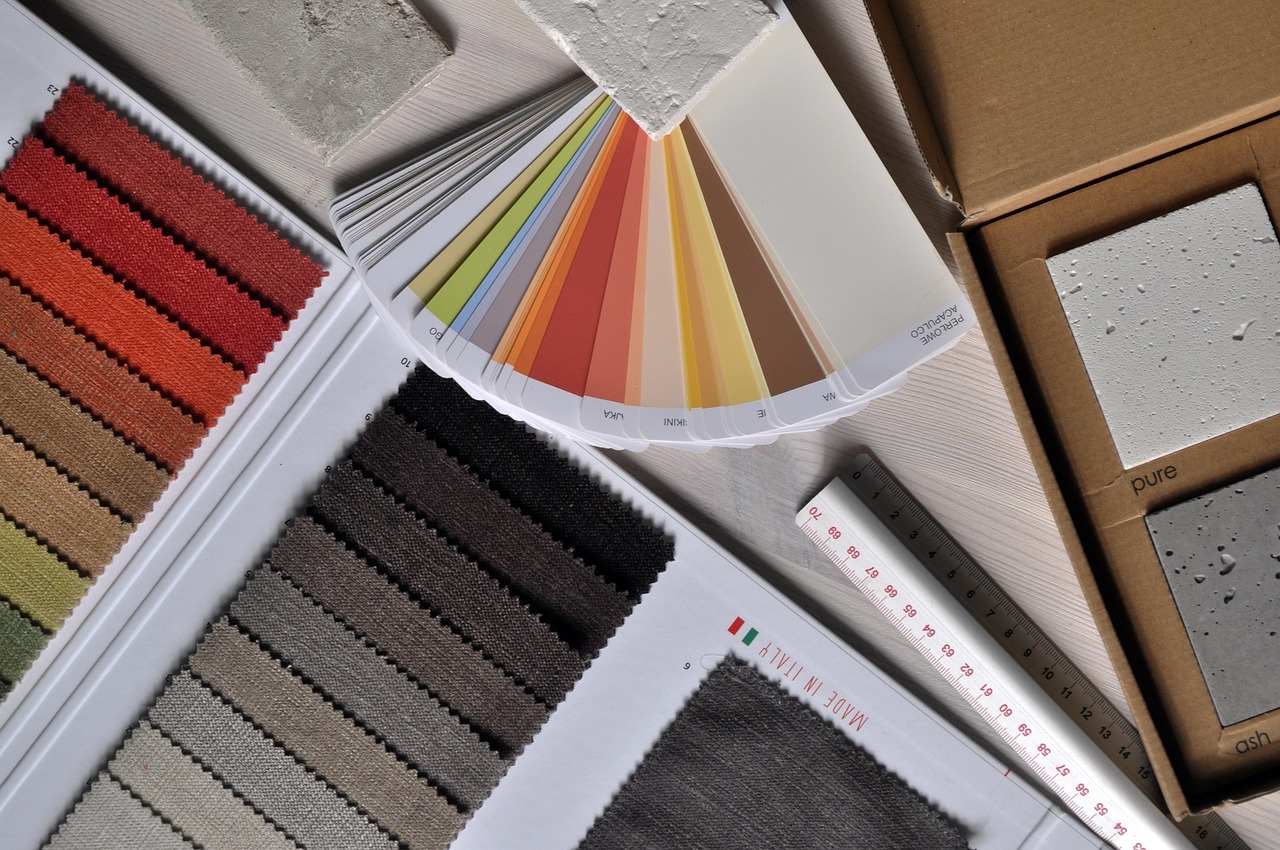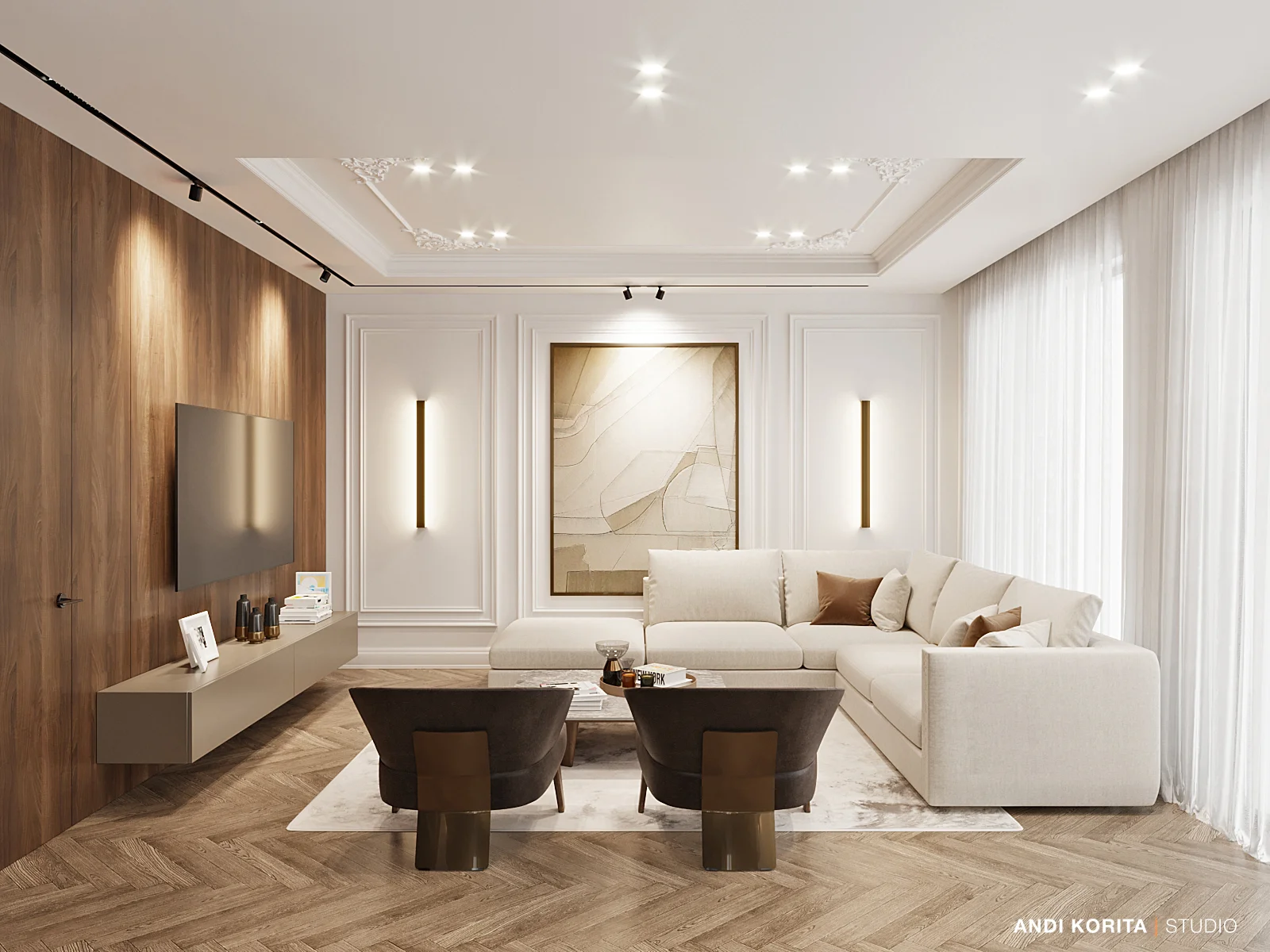
Interior Design Styles: Find the Perfect Look for Your Home
Are you tired of feeling like your home doesn’t reflect your style? With so many home decor trends coming out every season, picking the right look can be tough. We understand how difficult it can be to navigate the world of interior design styles.
That’s why we’re here to help. We’ll help you find the perfect style to match your taste and preferences. We’ll show you different styles, whether you want to change one room or your whole house.
These can turn your space into a cozy haven that feels truly yours. For expert advice, consider reaching out to professionals like Andi Korita Studio at architect@andikorita.com or +355684088672.
CONTACT US
Key Takeaways
- Understanding the diversity of interior design styles
- Identifying your style and preferences
- Exploring current home decor trends
- Learning how to choose the perfect look for your home
- Discovering resources for expert advice
The Power of Interior Design Styles in Home Transformation
Interior design styles are key in changing a house into a home. They affect how a space looks and works. The right style can make a house feel like a sanctuary, showing off your personality and improving your mood.
With so many styles out there, knowing what each one does is important. This helps you make the best choice for your home.
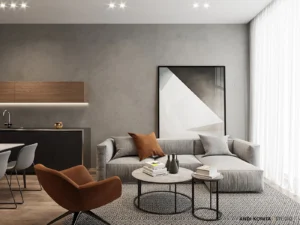
How Design Choices Impact Mood and Functionality
Design choices greatly affect how a space feels and works. For example, modern interior design uses simple lines and less stuff. This makes a room feel calm and tidy.
Contemporary design ideas mix bold colors and new materials. This adds energy to your home. Picking a style that fits your life makes your space more enjoyable.
The Evolution of Home Aesthetics Through Time
Home looks have changed a lot over time. This change comes from culture, society, and money. Each era has brought its style, from old-fashioned details to modern simplicity.
Knowing about these changes helps you see the history behind different styles. It also helps you choose the best one for your home.
Modern Interior Design Style: Clean Lines and Simplicity
Modern interior design focuses on openness and simplicity. It aims to create a space that is both functional and comfortable. This style is more than just looks; it’s about making your home feel right.
Modern interior design is all about simplicity and clean lines. It avoids clutter and fancy patterns. Instead, it sticks to a minimalist approach to decor.
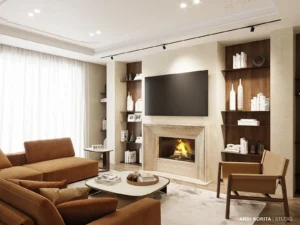
Key Characteristics of Modern Design
Modern design values functionality and uses a simple color scheme. Furniture is sleek and low, making rooms feel open.
Color Palettes and Materials in Modern Interiors
The colors in modern design are neutral, with lots of whites, blacks, and grays. Glass, steel, and concrete are common materials. They add to the modern look.
Implementing Modern Design in Different Rooms
To bring modern design into your home, start by cleaning up and simplifying. In living rooms, choose sleek furniture and simple decor. For kitchens, use modern materials like stainless steel and granite.
Contemporary Design: Today’s Trending Aesthetics
The world of contemporary design is full of variety and new ideas. It’s not just about looks; it’s about making a space that shows our lifestyle and values.
“Design is not just about how it looks, it’s about how it works,” as Steve Jobs once said, emphasizing the functional aspect of contemporary design.
Contemporary vs. Modern: Understanding the Difference
People often mix up contemporary and modern design. Modern design is from the early to mid-20th century. It has clean lines, less decoration, and focuses on function.
Contemporary design is more flexible. It shows today’s trends and tastes. It blends old and new, from traditional to the latest tech.
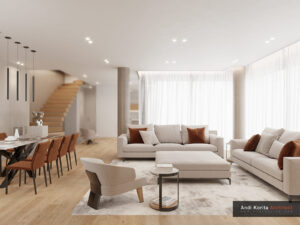
Signature Elements of Contemporary Spaces
Contemporary spaces use bold colors, unique textures, and different design ideas. These elements make the space interesting and lively.
- Open floor plans that make the space feel bigger and more open
- A mix of materials like wood, metal, and glass
- Lighting that’s not just functional but also decorative
- Bold artwork and colorful rugs that add personality
Creating a Contemporary Home on Any Budget
Many think contemporary design is pricey. But, with some creativity, you can get a modern look without spending a lot.
Begin by decluttering and choosing simple designs. Look for affordable furniture that fits contemporary styles. You can also reuse or update old items.
For instance, painting or updating old furniture can make it look modern. Using natural materials, adding plants, and smart lighting can also improve your space without costing a lot.
Traditional Interior Design: Timeless Elegance and Comfort
Traditional interior design is a timeless choice for those seeking elegance and comfort in their homes. It features classic elements, rich colors, and ornate details. This creates a warm and inviting atmosphere. It’s perfect for homeowners who appreciate the finer things in life and want their living spaces to reflect a sense of sophistication and history.
One of the key benefits of traditional interior design is its ability to evoke a sense of comfort and familiarity. By incorporating elements such as plush furnishings, intricate patterns, and warm lighting, homeowners can create a cozy and welcoming environment that feels like home.
Historical Influences in Traditional Design
Traditional interior design draws heavily from historical influences, including 18th and 19th-century European styles. The use of ornate moldings, classic furniture pieces, and rich textiles is a testament to this heritage. For instance, the Victorian era’s love for opulence and grandeur is still reflected in modern traditional design through the use of intricate patterns and luxurious materials.
Furniture and Decor Elements for Traditional Spaces
When it comes to furnishing a traditional space, certain elements are key. Look for classic furniture pieces with ornate carvings, such as cabriole legs and scrolled arms. Rich textiles like velvet and linen are also essential, as are decorative accessories like antique vases and ornate mirrors. These elements work together to create a cohesive and inviting atmosphere.
- Classic furniture pieces with ornate details
- Rich textiles such as velvet and linen
- Decorative accessories like antique vases and ornate mirrors
Modernizing Traditional Design for Today’s Homes
While traditional design is rooted in the past, it can be modernized to suit contemporary tastes. This can be achieved by incorporating modern materials and technologies into traditional designs. For example, pairing a classic sofa with a sleek, low-profile coffee table can create a nice contrast between old and new. Using a neutral color palette can also help to balance traditional elements with modern sensibilities.
Transitional Style: The Perfect Blend of Classic and Contemporary
Transitional style mixes the beauty of traditional design with the newness of contemporary looks. It creates a space that feels both timeless and modern. This style balances old and new, making it a versatile and elegant choice for homes.
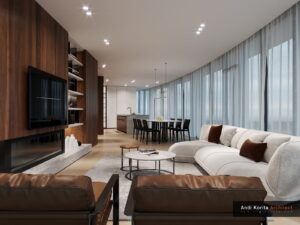
Balancing Old and New
In transitional design, it’s key to mix old and new. You can pair traditional furniture with modern decor, or the other way around. For example, a classic wooden armchair can go with a modern coffee table. The goal is to find a balance that shows off your style.
Texture and Neutral Color Schemes
Texture is important in transitional design, adding depth and interest. Neutral colors provide a calm base for different textures. Try mixing smooth and rough textures, like velvet and linen, for a layered look.
Creating Harmony
To achieve harmony, use a consistent color palette or style. For instance, using the same wood tone or metal finish can unite different pieces. Adding unique art or vintage items can also add character while keeping the look cohesive.
| Design Element | Traditional | Transitional | Contemporary |
|---|---|---|---|
| Furniture | Ornate carvings, rich woods | Clean lines, simple ornamentation | Sleek, minimalist |
| Color Scheme | Rich, bold colors | Neutral with pops of color | Monochromatic or bold accents |
| Textures | Luxurious fabrics, heavy drapery | Mixed textures, balance of smooth and rough | Smooth, minimalist textures |
Minimalist Interior Design: Finding Beauty in Simplicity
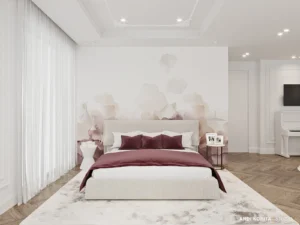
Minimalist interior design is more than a style; it’s a lifestyle that values simplicity. It’s about creating spaces that are visually pleasing and calm. This design focuses on the idea that less is more.
By removing unnecessary items, minimalist design shows the beauty of simplicity. It makes spaces free from clutter, letting their true character shine.
The Philosophy Behind Minimalist Design
The philosophy of minimalist design is simple: simplicity is sophistication. It’s about believing that “less is more.” Every item in a space should have a purpose.
This approach encourages a mindful way of living. Every item and decision is made with care and thought.
Essential Elements of Minimalist Spaces
Minimalist spaces have clean lines and minimal decoration. They use simple shapes and neutral colors. This creates a sense of freedom and calm.
Key elements include simple shapes and natural materials like wood and stone. These add warmth and texture to the space.
Practical Tips for Decluttering and Minimalist Living
To live minimally, start by decluttering. Remove items that are no longer needed or bring joy. Remember, you likely use only 20% of your belongings 80% of the time.
Use practical strategies like regular tidying and adopting a “one in, one out” policy. Be intentional with your purchases to keep your space clutter-free and serene.
Industrial Style: Raw and Refined Urban Aesthetics
Industrial style is a big hit in modern design. It mixes raw and refined looks. It takes inspiration from old factories and warehouses. You’ll see exposed brick, metal beams, and concrete floors for a rugged yet classy vibe.
The Origins of Industrial Interior Design
The industrial style started in the late 1800s and early 1900s. Back then, factories and warehouses were turned into homes. This led to using raw, unfinished parts as design pieces. Design experts say, “the industrial look focuses on being simple and functional.”
Old buildings were turned into lofts, and old materials were used in decorating.
Materials and Textures That Define Industrial Spaces
Industrial spaces are known for their materials and textures. You’ll find:
- Exposed brick and concrete
- Metal beams and ductwork
- Reclaimed wood
- Industrial lighting fixtures
These elements make a space feel raw and urban. A designer notes, “industrial design is honest. It shows its raw, unfinished sides.”
Softening Industrial Design for Comfortable Living
Industrial style can feel cold. To make it cozy, designers add warm, organic elements. These include:
- Textiles, like throw blankets and rugs
- Plants and greenery
- Warm lighting
- Comforting colors
By mixing industrial parts with these soft touches, homes become both modern and cozy. As interior design trends change, industrial style stays popular for its unique, urban feel.
Bohemian Design: Embracing Creativity and Free Spirit
Bohemian design is all about personalizing your space with a unique flair. It celebrates the eclectic and the unconventional. This style is perfect for those who love to stand out.
It’s known for its artistic vibe, blending eclectic design concepts and vintage interior trends. This mix creates a space that’s both harmonious and unconventional.
At its core, bohemian design reflects your personality and style. It combines different cultures, textures, and colors. This blend creates a space that’s truly unique.
The Cultural Roots of Bohemian Interior Design
Bohemian design comes from the Bohemian culture of the 19th century. It’s known for its free-spirited and artistic lifestyle. This background influences the eclectic mix seen in bohemian interiors.
These interiors often feature items collected from travels and vintage finds. The cultural roots of bohemian design are diverse, drawing from global influences. This diversity is seen in the use of vintage items, global textiles, and unique artifacts.
Colors, Patterns, and Textures in Boho Spaces
Bohemian spaces are vibrant, with rich patterns and varied textures. These elements create a visually interesting and layered look. Common colors include earthy tones, jewel tones, and soft pastels.
| Element | Description | Examples |
|---|---|---|
| Colors | Rich and varied | Earth tones, jewel tones, pastels |
| Patterns | Mix of global influences | Moroccan tiles, Indian prints, African textiles |
| Textures | Layered and tactile | Velvet, linen, wood, metal |
Curating a Personalized Bohemian Home
Creating a bohemian home is about embracing your personal style. Start by collecting items that speak to you. This could be vintage furniture, global textiles, or unique artifacts.
To curate a personalized bohemian home, mix and match different elements. Combine vintage and new pieces. Don’t be afraid to experiment with colors and textures. The result will be a space that’s truly unique.
How to Choose the Right Interior Design Style for Your Home
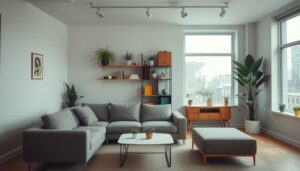
Finding the perfect interior design style for your home can seem hard. But, with some help, you can make a space that shows your personality and meets your needs. When picking an interior design style, think about a few key things.
Assessing Your Lifestyle and Practical Needs
Start by thinking about your lifestyle and what you need from your home. For example, if you have a big family, you might want a design that’s practical and sturdy. As “the way we live is the way we design”, many designers say.
Considering Your Home’s Architecture and Natural Features
Your home’s design and natural features are also important. A modern home might look best with a contemporary or minimalist style. Think about the natural light, views, and any special features like built-in cabinets or fireplaces.
Mixing Styles: Creating a Personalized Aesthetic
It’s okay to mix different interior design styles to make a space that’s all your own. Mixing styles can lead to a unique and interesting look. For instance, combining traditional furniture with modern pieces can create a beautiful, eclectic space. As one designer says,
“The key to mixing styles is to find a common thread that ties everything together.”
Conclusion: Bringing Your Dream Interior to Life
Exploring interior design styles shows us that finding the right look for your home is a fun journey. You might love modern designs, industrial vibes, or bohemian styles. The goal is to make a space that shows who you are and fits your lifestyle.
Keeping up with home decor trends can guide your choices. But, your home should truly reflect your taste. If you’re not sure where to begin, experts like Andi Korita Studio can help. You can reach them at architect@andikorita.com or +355684088672 for personalized advice.
CONTACT US
FAQ
What are the key elements of modern interior design?
Modern interior design is all about simplicity and function. We use materials like glass, steel, and concrete. A neutral color palette with bold accents is key.
How do I choose the right interior design style for my home?
Choosing the right style depends on your lifestyle and the home’s architecture. We consider the space’s natural features and our personal taste. This helps create a design that’s both harmonious and functional.
What is the difference between contemporary and modern interior design?
Contemporary design is about today’s trends, while modern design is from the early 20th century. Contemporary design is more eclectic, while modern is minimalist and functional.
How can I incorporate industrial style into my home decor?
For industrial style, use exposed brick, metal, and reclaimed wood. Add industrial lighting and decorative items like vintage machinery. This creates a raw yet refined look.
What is bohemian interior design, and how can I achieve it?
Bohemian design celebrates creativity and freedom. It mixes vintage and global elements, like colorful textiles and patterns. Add unique pieces, like macrame, to make it personal and eclectic.
How can I mix different interior design styles to create a unique aesthetic?
Start by finding common elements among styles, like a shared color palette. Then, balance styles to create harmony and interest. This reflects your personal taste and style.
What are some popular interior design styles for 2023 and beyond?
Styles like biophilic, Japandi, and Grandmillennial are popular. They focus on nature, simplicity, and traditional design with a modern twist.
How can I make my home more minimalist?
Begin by decluttering and simplifying. Focus on clean lines, simple shapes, and a limited color palette. Use multi-functional furniture and storage to keep it clutter-free.
What is transitional interior design, and how can I achieve it?
Transitional design blends traditional and contemporary. Mix classic furniture with modern accents like bold colors. Use neutral colors and textures for a balanced space.


